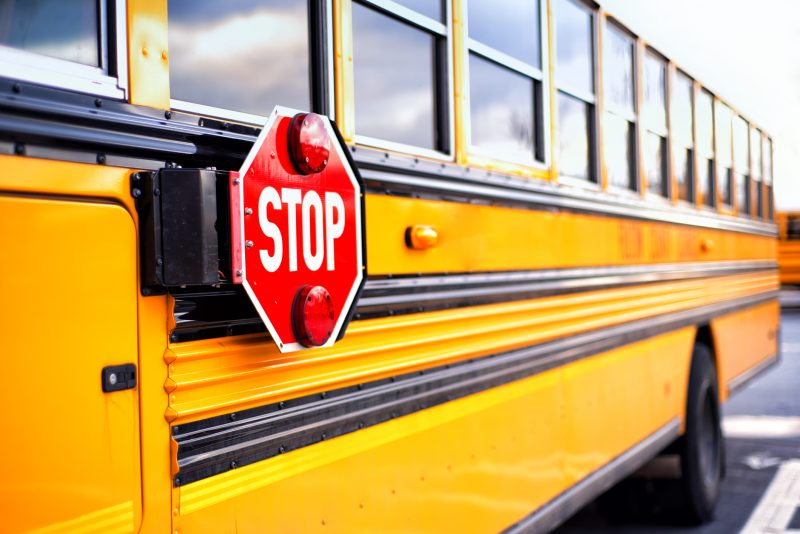The iconic yellow school bus, a familiar sight during the back-to-school season, serves a crucial role in ensuring the safety of millions of students across the United States. With approximately 26 million students relying on this mode of transportation daily, school buses represent the largest public transit system in the country. The bright yellow color, while traditional, plays a significant role in enhancing visibility and safety for student passengers.
The Origins of the Yellow School Bus
Frank Cyr, known as the “Father of the Yellow School Bus,” was instrumental in standardizing the color in the 1930s. A professor at Columbia University, Cyr organized a national safety conference that brought together school bus manufacturers and transportation officials from 48 states. This pivotal meeting aimed to create consistent safety standards for school buses, culminating in the decision to paint all buses yellow.
During the conference, attendees chose the color from 50 swatches displayed on a wall. The selected shade, officially termed “National School Bus Glossy Yellow,” was found to be the most effective for visibility. According to research conducted by Columbia University, this bright hue proved to display black text clearly in low light conditions, common during early morning pick-ups.
Cyr’s interest in establishing uniform standards stemmed from his findings of significant inconsistencies in school transportation. He discovered that some districts in Kansas used horse-drawn wagons, while others painted their buses in red, white, and blue as a show of patriotism. Concerned about the potential safety risks, Cyr advocated for standardized practices that would keep students safe.
The Lasting Impact of Yellow on Safety
Over the decades, many of the 44 safety standards established at Cyr’s conference have evolved, but the vibrant yellow color has remained unchanged. The National Highway Traffic Safety Administration (NHTSA) reports that school buses are remarkably safe, with less than 1% of all traffic fatalities involving students on these buses. This statistic is attributed to the safety measures, including the distinctive yellow color.
While there are no national requirements mandating that school buses be yellow, many states, including Ohio, enforce this guideline. In Ohio, a school bus can fail a state inspection if it does not conform to the required yellow hue, emphasizing the importance of this color in maintaining safety standards.
Interestingly, the human eye’s ability to detect yellow plays a crucial role in the effectiveness of school bus visibility. Over millions of years, humans have developed the capability to quickly identify yellow, a trait that may have evolved to help our ancestors recognize ripe fruits against green foliage. A study from Iowa State University highlights that the human eye is most sensitive to yellow-green colors, further solidifying the rationale behind the bright yellow buses.
As the new academic year approaches, transportation safety organizations urge drivers to remain vigilant and adhere to bus safety laws. The bright yellow school bus serves not only as a symbol of education but also as a reminder of the importance of safety in student transportation.
